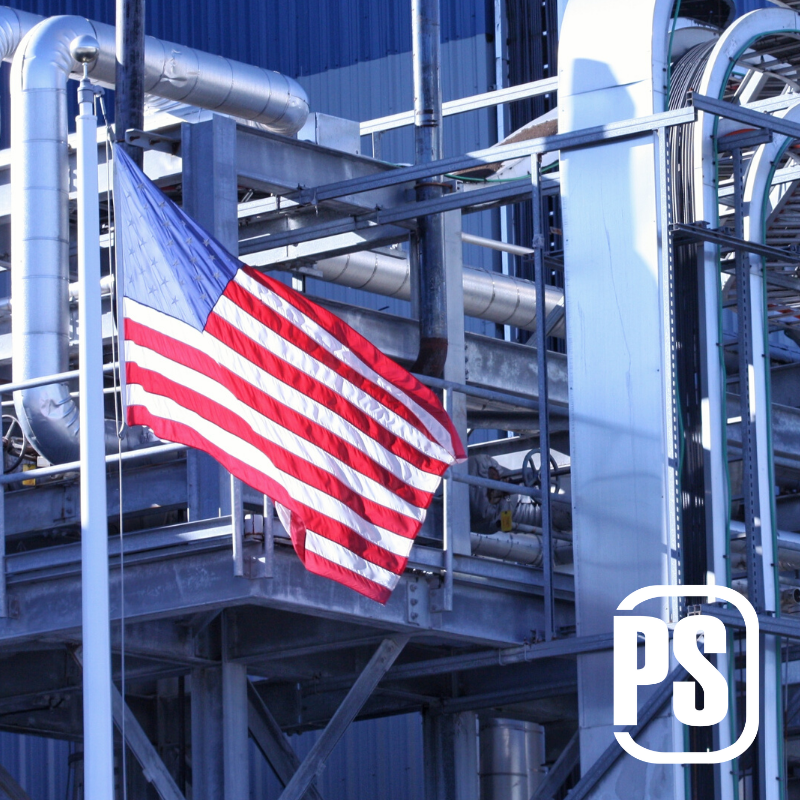 Automation and mechanics have opened up a world of possibilities in various areas of production. These days, manufacturers can produce high quality items at a faster rate, and lower cost than ever before. Automation improves quality in a number of ways: eliminating human error, improving consistency and accuracy, giving the ability to create more complex goods, and identifying errors along the way.
Automation and mechanics have opened up a world of possibilities in various areas of production. These days, manufacturers can produce high quality items at a faster rate, and lower cost than ever before. Automation improves quality in a number of ways: eliminating human error, improving consistency and accuracy, giving the ability to create more complex goods, and identifying errors along the way.
- Eliminating human error - People are inherently imperfect, so what we make will be imperfect as well. Mistakes can be made for any number of reasons. If someone gets distracted for a few moments, they can let something slip, lose focus, or plainly do something wrong. We are also limited by physical constraints like decreasing strength and energy. Automated systems eliminate the possibility for errors based on human restrictions. They don’t get distracted, tired, or make mistakes.
- Improving consistency - Similarly, automation allows for consistency. A program will theoretically run the same way every single time it is used, meaning that the machine it runs will operate the same way every single time as well. Making a high quality product is the goal of production, but making that quality consistently is crucial as well.
- Improving accuracy - Not only does a process need to be consistent, but it also needs to be accurate. Someone can quickly go through a process without automation 100 times fairly consistently but many situations require exact measurements, placements, installations, etc. The odds are slim to none that a non-automated process will be able to produce 100 identical end results. But automation makes that a possibility.
- Creating more complex goods - As technology advances, it gets more complicated as well. Even if workers were able to produce perfectly accurate and consistent results, they would still be constrained by the limitations of the human hand and eyes. Automated systems can make miniscule adjustments and perform risky tasks that are just not possible outside the world of machinery.
- Identifying error - Although automated systems improve processes greatly, they have their own imperfections. Parts wear down, pieces malfunction, and things can move out of alignment. The beauty of an automated system can be seen in more than its final result; it can also be seen in the detection of errors. Triggers, sensors, and data collectors can monitor their own machines in order to make changes or alert those who can make changes.
The increased quality that an automated system provides has become necessary in order to keep up with an ever progressing world. Investing in automation is truly worth it.





